Sanders Brothers Stretches South Carolina Footprint
BY AsphaltPro Staff

It all started with a single truck more than 50 years ago.
Sanders Brothers Construction Company, Charleston, South Carolina, got its start in the mid-60s when Jimmy and Elliot Sanders started hauling with their single axle dump truck.
Then, in the early ’70s, the brothers acquired their first asphalt plant in North Charleston and acquired their second, in Summerville, in 1980.

This past June, the company added another plant, a Gencor 400 XL Ultradrum with Advanced RAP Entry, in Moncks Corner.
Today, the company employs close to 325 employees at its asphalt plants and on its paving crews, as well as performing underground utilities, soil stabilization and reclamation, concrete curb and gutter, grading, hauling, recycling, and vacuum truck and camera services.
Despite the wide range of services they perform today, Sanders Brothers stays true to its roots in asphalt production and paving.
“Typically 50 percent of our company is asphalt focused, and the other 50 percent on site work,” said Sanders’ VP of Asphalt Operations Chris Davis. Within the asphalt portion of Sanders’ business, 75 percent of its operations are in asphalt placement and 25 percent, production.
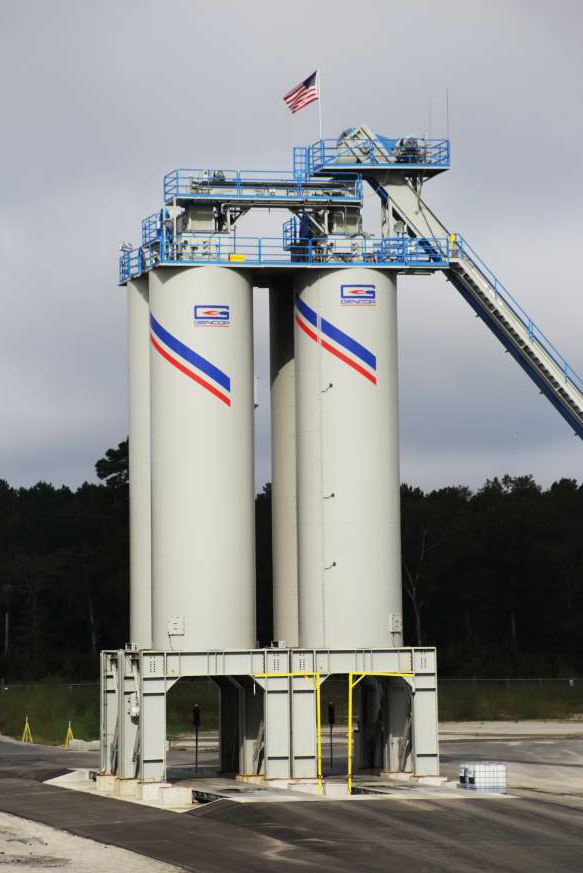
This past June, Sanders Brothers added another plant, a Gencor 400 XL Ultradrum with Advanced RAP Entry, in Moncks Corner.
About 90 percent of the asphalt Sanders produces is used by its own crews, on projects ranging from small parking lots and large warehouses to county and DOT work. “Wherever the work is, we’re willing to give it a shot.”
Davis started working at the company in 1998 in the quality control department and has been the company’s VP of Asphalt Operations for nearly a decade.
“We’ve experienced significant growth and with that comes a lot of challenges,” Davis said, including their new plant, a new safety program, and overcoming new (and old) challenges.
New Plant, New Opportunities
Sanders’ new plant has been five years in the making.
The company first purchased the property in 2012, when they saw an opportunity to streamline logistics.

“This was a green field site that provided us the opportunity to open a plant with the ability to receive our aggregates by rail, through coordination with our supplier Vulcan Materials,” Davis said.
Due to the makeup of the landscape around Sanders, the closest granite quarry is 100 miles away. “One of our plants for the last 15 years has been receiving stone out of Nova Scotia, Canada.”
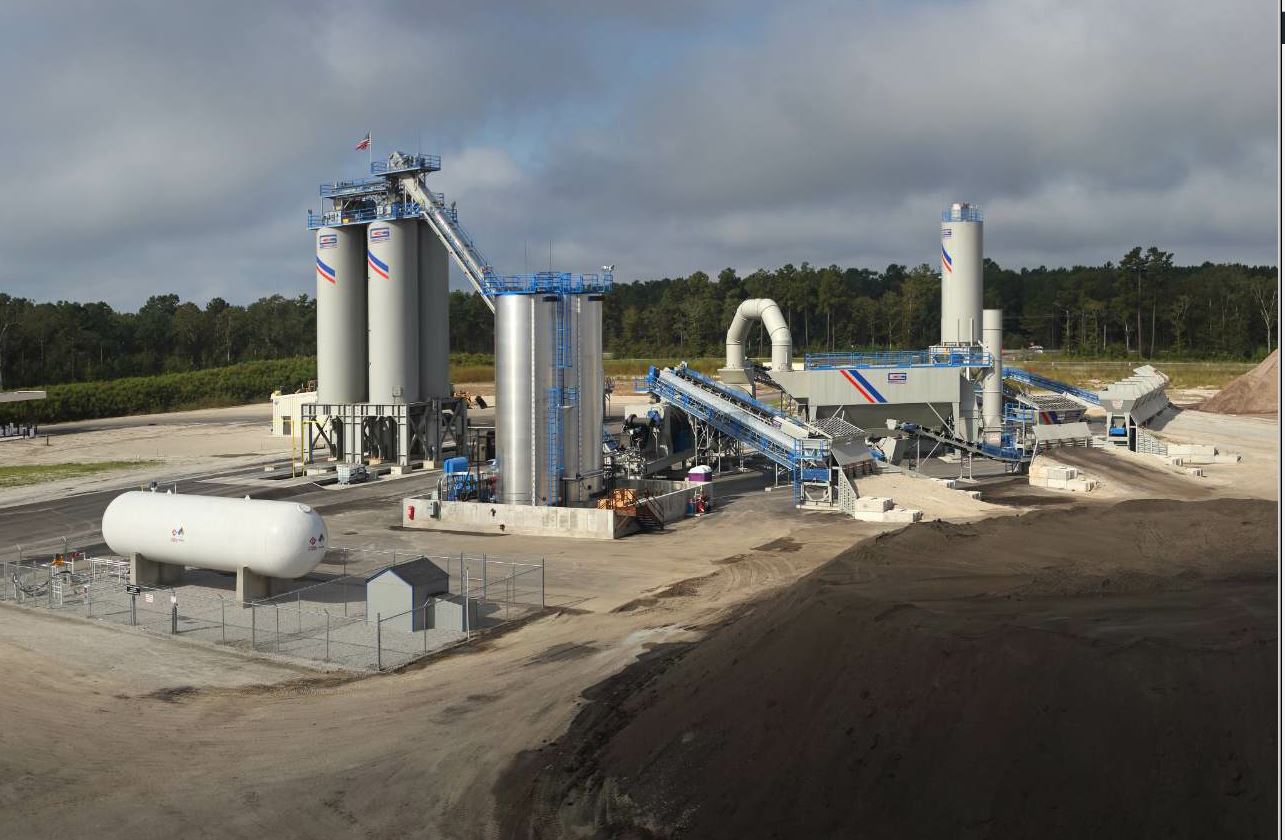
This past June, Sanders Brothers’ added another plant, a Gencor 400 XL Ultradrum with Advanced RAP Entry, in Moncks Corner.
After deciding to establish a new plant, it was time to choose what type of plant to buy.
“We did a lot of market research and met with a number of different companies and narrowed it down to Gencor,” Davis said. “They offered us a number of innovative ideas that we thought would be beneficial in our market.”
“The new plant has been able to gear up and run at 400 tons per hour, or slow down to 200 tons per hour as we grow with this market,” Davis said. “It wasn’t purchased just for today’s capabilities, but also for the capabilities that it will present us in the future.”

The new plant also offered Sanders the ability to run increased RAP percentages over their existing plants, with its Advanced RAP Entry (A.R.E.) system.
The A.R.E. system allows Sanders to produce mix with up to 50 percent RAP.
Whereas most asphalt plants incorporate the RAP after the other elements have been heated up, the A.R.E. system enters under the flame of the burner prior to the dust, allowing for a longer retention time for the drying of the RAP.
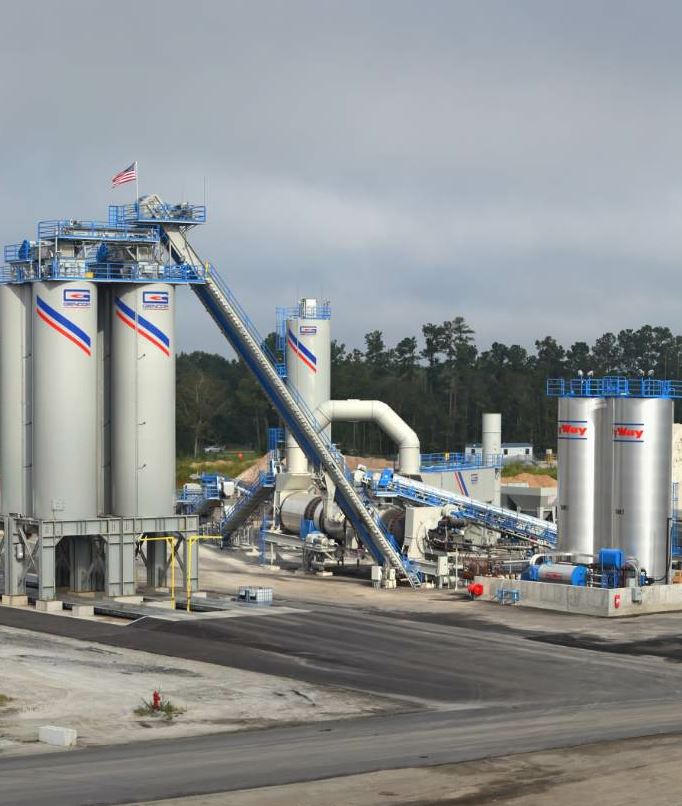
This past June, Sanders Brothers’ added another plant, a Gencor 400 XL Ultradrum with Advanced RAP Entry, in Moncks Corner.
A larger drum diameter–9 feet, 9 inches compared to 9 feet for Sanders’ other plants’ drums–reduces air velocity and dust carry-out. Dust is sent to the baghouse, with the fines being returned to the mix.
Essentially, the larger space reduces the volume of air moving through it, whereas a smaller space would increase that volume, Davis said. “If you can imagine the same volume of water running through a garden hose versus a fire hose, the water will travel at a faster velocity through a garden hose due to the smaller space,” he added.
The Gencor plant is also equipped with dual RAP entry that can be used either for fractionated RAP or shingles–something the company has not started doing yet, but expects to move to in the future.
Davis said Sanders makes just about any mix, but that the current mix of choice in South Carolina is Surface Type B with ¾-inch minus surface course, with about 50 percent coarse aggregates.
“One thing we’ve been doing is Charleston County has been very prominent in promoting warm mix and has been bidding quite a few warm mix projects,” Davis said, estimating that about 50 percent of the county’s projects for the past two to three years have been warm mix projects. On those projects, the county allows contractors to blend Evotherm on-site at the plant. “So all of our plants are set up with a pump injection system from Ingevity and we’re running warm mix when we can.”
“The Ingevity home office is here in Charleston and they’ve done a great job promoting their product with support from local contractors who recognize the benefits of warm mix,” Davis said.
However, simultaneously, South Carolina’s DOT does not recognize plant-blended warm mix–only terminally blended warm mix.
Sanders’ Safety Program
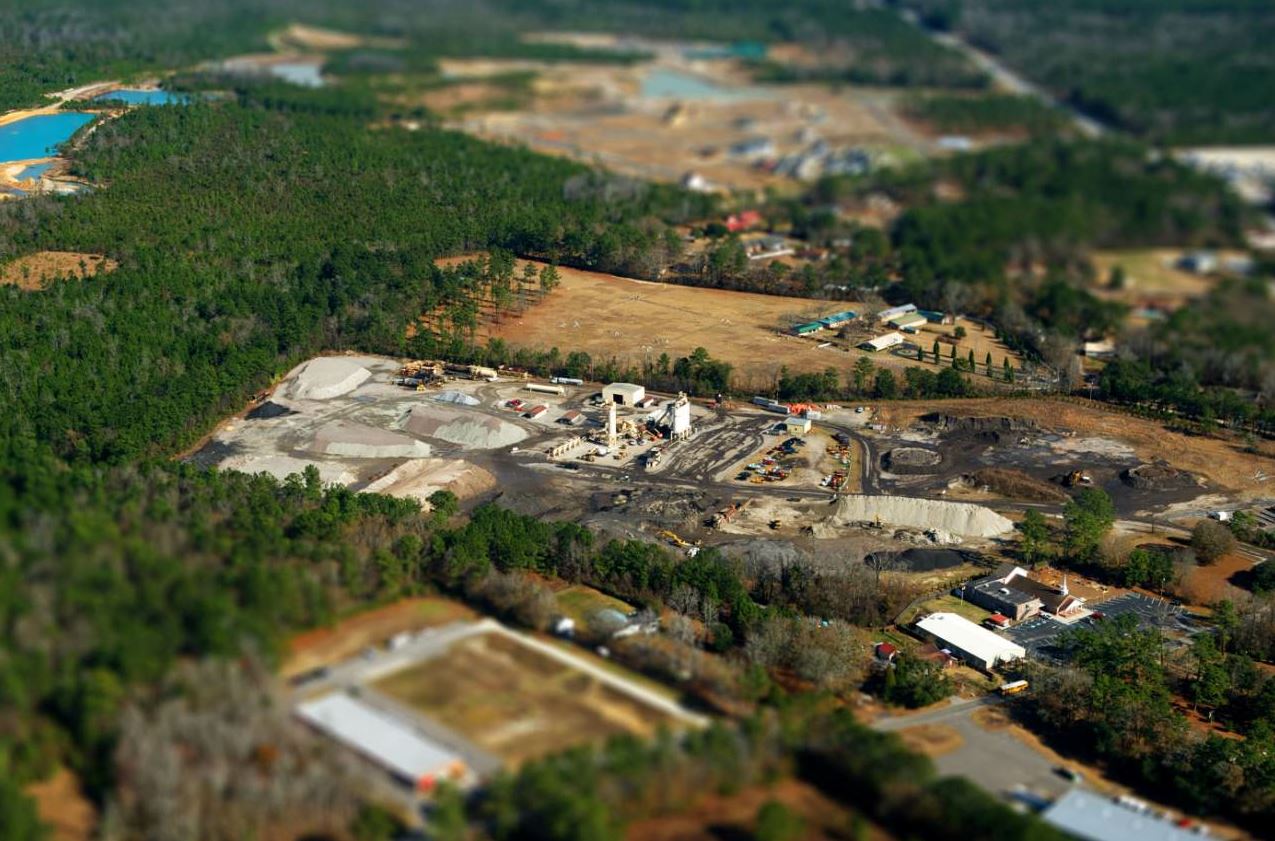
Within the asphalt portion of Sanders’ business, 75 percent of its operations are in asphalt placement and 25 percent, production.
“We’ve always encompassed safety wholeheartedly, but it’s definitely taken on a new meaning,” Davis said, with Sanders’ Brothers’ recent safety initiatives.
The Critical Six, or Fatality Prevention, Program at Sanders Brothers was established in 2012 by VP of Safety and Support Services Al Trevino. When he first began working at Sanders, he looked into what events and tasks were causing the most fatalities throughout the construction industry.
“It seemed like every fatality I could find would be put in these six buckets: falls, work zone safety, heavy equipment, lockout tagout, trenching and excavation,” Trevino said. “If we could prevent these six, our risks of fatality would be significantly reduced.”
Since establishing the program, Trevino said Sanders has experienced fewer injuries and incidents.
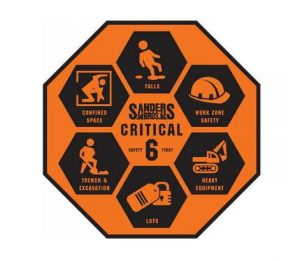 “We’re seeing the benefit both to the employees and monetarily,” Trevino said. “We’ve seen it reflected in our worker’s compensation cases, where we’re seeing very few [claims] compared to what we had before.”
“We’re seeing the benefit both to the employees and monetarily,” Trevino said. “We’ve seen it reflected in our worker’s compensation cases, where we’re seeing very few [claims] compared to what we had before.”
In 2017 alone, Trevino estimates that he and Sanders’ safety manager had conducted more than 4,000 hours of training.
“Greg Sanders, president of Sanders Brothers Construction, knows safety isn’t just a priority, it’s a core value,” Trevino said. “Priorities change all the time. Core values don’t.”
As part of the Critical Six Program, everyone employed by Sanders Brothers has to go through a general awareness training on all six risks.
“That’s a 30,000-foot-view of what lockout tagout is or proper fall protection,” Trevino said, “and then if they’re going to be working in an area where they’ll be exposed to one or more of the six risks, they’ll get extensive training in that program.”
Beyond the general training, each of the six risks requires another five to seven hours of in-depth, classroom-based training with Trevino. For example, if someone will be working with grading, they will take the work zone safety, heavy equipment, lockout tagout and falls training programs.
“For lockout tagout, the classroom training would cover the fundamentals of why we follow it, how to do it, and how to recognize those hazards and determine risk,” Trevino said. Sanders has a risk assessment scale of one to four, with four being catastrophic, that it teaches its employees to use to determine the risk of any given task. If a hazard is deemed high-risk, the company will bring in more people to help, hold more pre-job briefings and have a meeting immediately before the job takes place to go over who is performing what, how they will do it, and to pass out PPE.
The classroom training also covers federal and state regulations, as well as Sanders’ own site-specific programs that Trevino has written based on federal regulations.
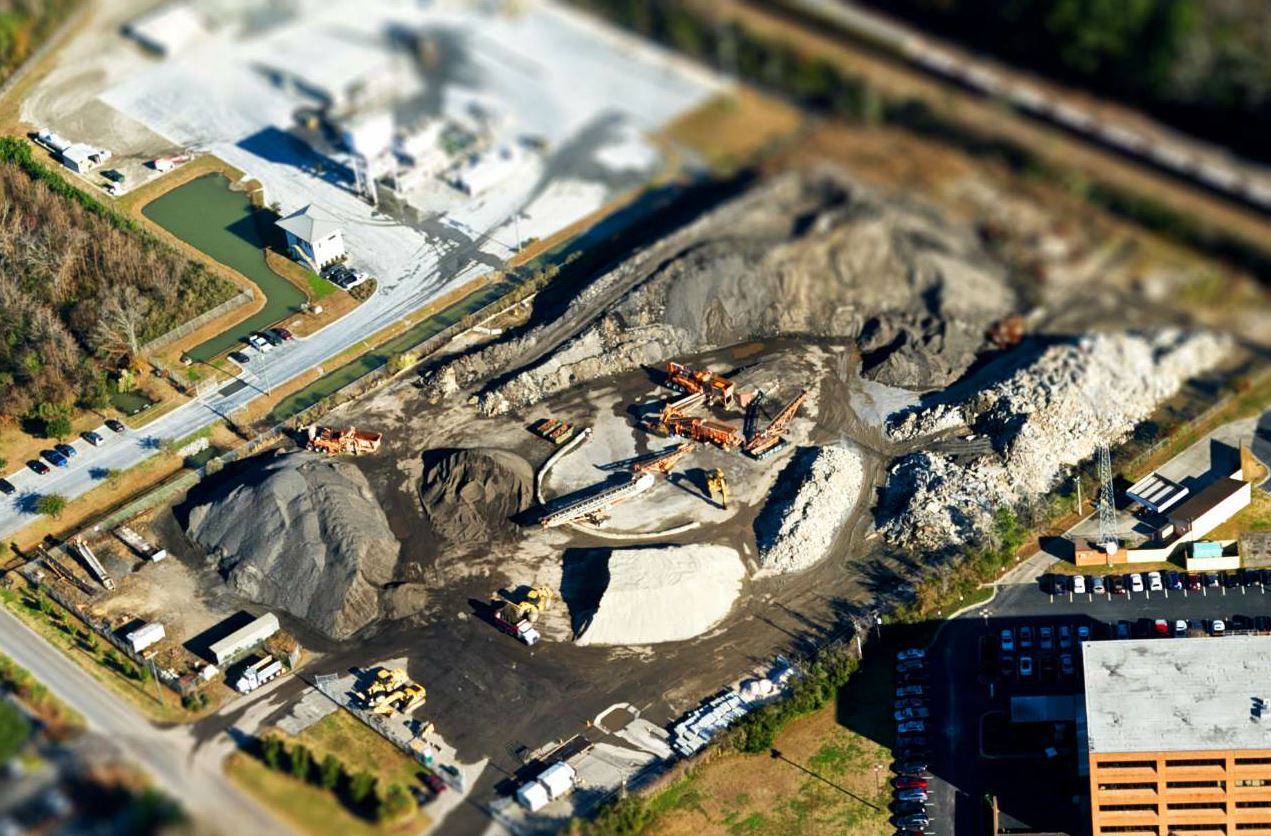
Today, Sanders Brothers operates three asphalt plants, in North Charleston, Summerville and Moncks Corner.
All training is led by Trevino, face-to-face, with the occasional YouTube video. “I train everyone myself, so I know if someone is falling behind,” Trevino said. “And if they are, I’ll slow down, use more examples and call on them to walk through what they’d do in a situation.”
Although the classroom can sit up to 20 people comfortably, Trevino aims for groups of eight to 10 people for initial training and groups of 20 for the refresher courses. However, he doesn’t wait to have a group of any particular size before training new employees. “I’ve done training for just one person at a time before,” he said. “Because no one goes out in the field without that training.”
There’s also a test at the end to make sure everyone has thoroughly absorbed and internalized the lessons learned. “If not, they’ll be spending more time in the classroom with me,” Trevino said.
After the classroom training, the safety program continues in the field with practical training.
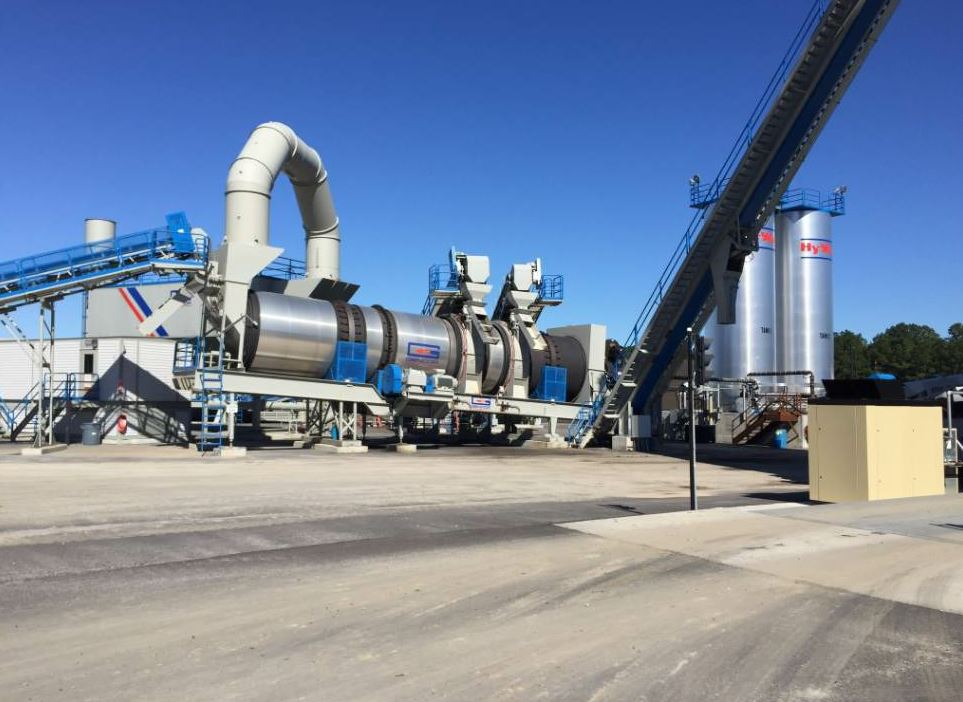
Within the asphalt portion of Sanders’ business, 75 percent of its operations are in asphalt placement and 25 percent, production.
“We pretty much train on those six on a daily basis,” Trevino said, adding that the company also re-trains existing employees every three or four years.
If an employee gets injured in the field or is involved in an incident, Trevino calls them back to the classroom for more training. “If there’s an incident, or if I see someone doing something not quite the way we trained them, I’ll ask why they’re doing it that way,” Trevino said. “And they better have a good explanation for me, or they’ll be taking the course again.”
“It’s a zero tolerance program,” Trevino said. “If you violate these rules, you won’t be working here. I’d rather have someone be angry at me than to have someone get injured or die in the field.”
Old Town, Big Challenges
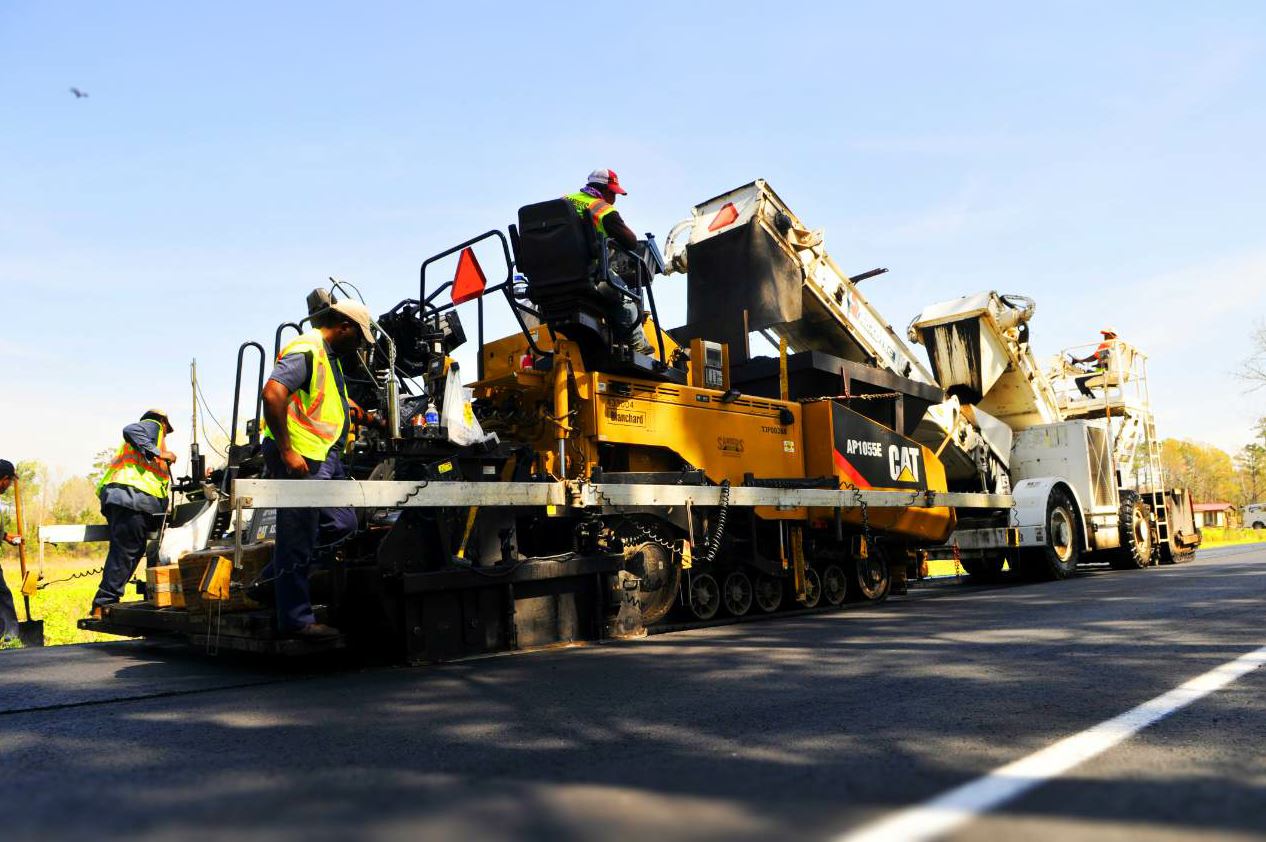
About 90 percent of the asphalt Sanders produces is used by its own crews, on projects ranging from small parking lots and large warehouses to county and DOT work.
Sanders’ Project Manager Kevin Colvin estimates that the company’s crews find themselves working in downtown Charleston, a historic city, three or four times each paving season.
“Anytime you’re paving downtown Charleston, you’re faced with a unique set of challenges due to the antiquated infrastructure involved,” Davis said. “Anything that’s a couple hundred years old has a tough time holding up to heavy paving equipment.”
That means downtown Charleston does not allow vibratory rollers or transfer machines, Davis said.
“Even on heavily trafficked roads, we run a lighter mix because we can’t vibrate our rollers down there,” Colvin said, “or we’ll end up crushing the 150-year-old underground utilities or crack the foundations of the historic homes along the street that were built in the late 1600s and 1700s.”
“High volume roads like this usually run Surface Type B mix, which requires pretty big rollers,” Colvin said, but on these jobs, they use Surface Type C mix, which is typically a parking lot or low-volume secondary road mix. “It doesn’t require as much compactive effort.”
The roads are also very narrow, with 9-foot lanes, adding extra difficulty navigating milling machines and pavers while keeping traffic moving.
There’s plenty of road and pedestrian traffic, on-street parking, and tourists. There’s also a bump in traffic whenever Carnival cruise ships are leaving or docking in town.
“There’s a lot of coordination with city officials to put out parking notices,” Colvin said. “We also try to detour as much as we can and only allow local traffic through, but that requires more traffic control personnel on-site to ensure safety.”
Another unique challenge these jobs present is that many of these roads are owned by the state, rather than the city or county.
“South Carolina is unique in that way,” Colvin said. “Most states maintain the interstates and primary routes, but in South Carolina, the state maintains a majority of all roads.”
So, Sanders is often working with a number of government entities on these jobs.
“A lot of times, it’s a battle between the state and city as to whether or not we’ll do the work at night, like the state wants,” Colvin said, “but the city of Charleston doesn’t want to interrupt guests and residents.”
Typically, he adds, they pave during the day downtown. “After one night, there are usually so many complaints, we switch to daytime.”
